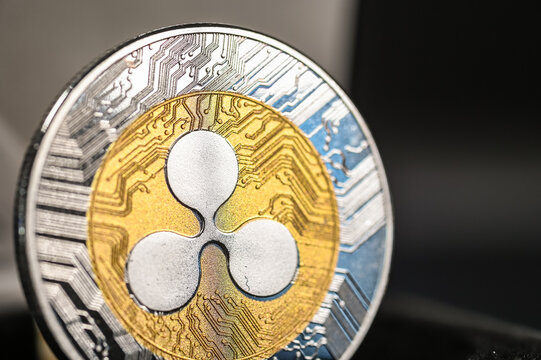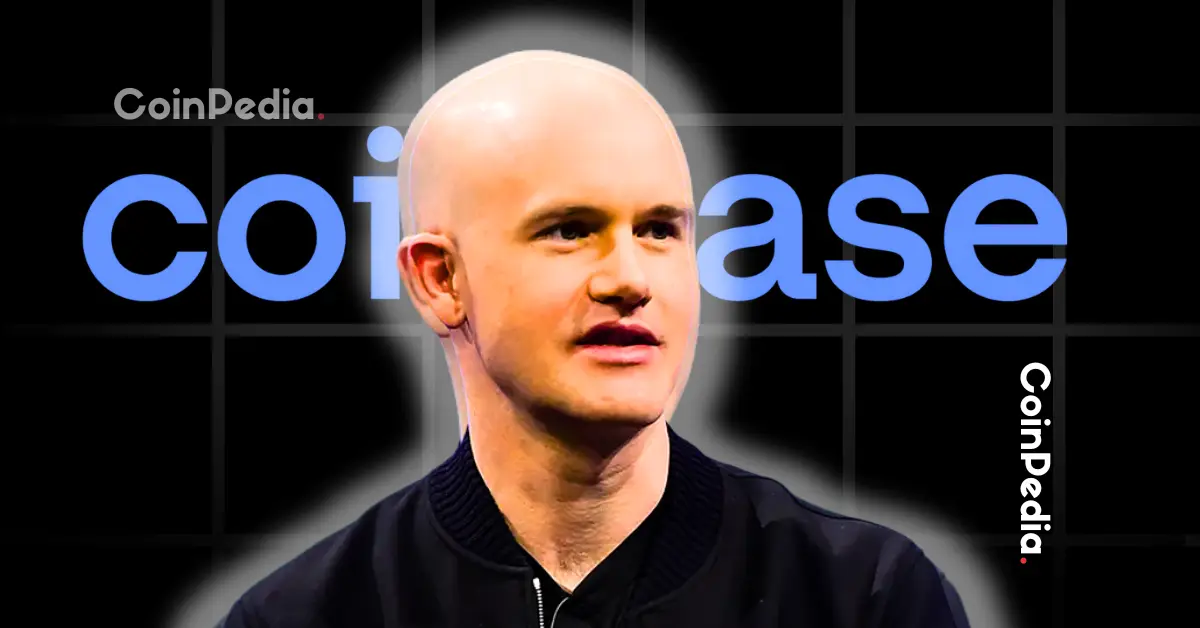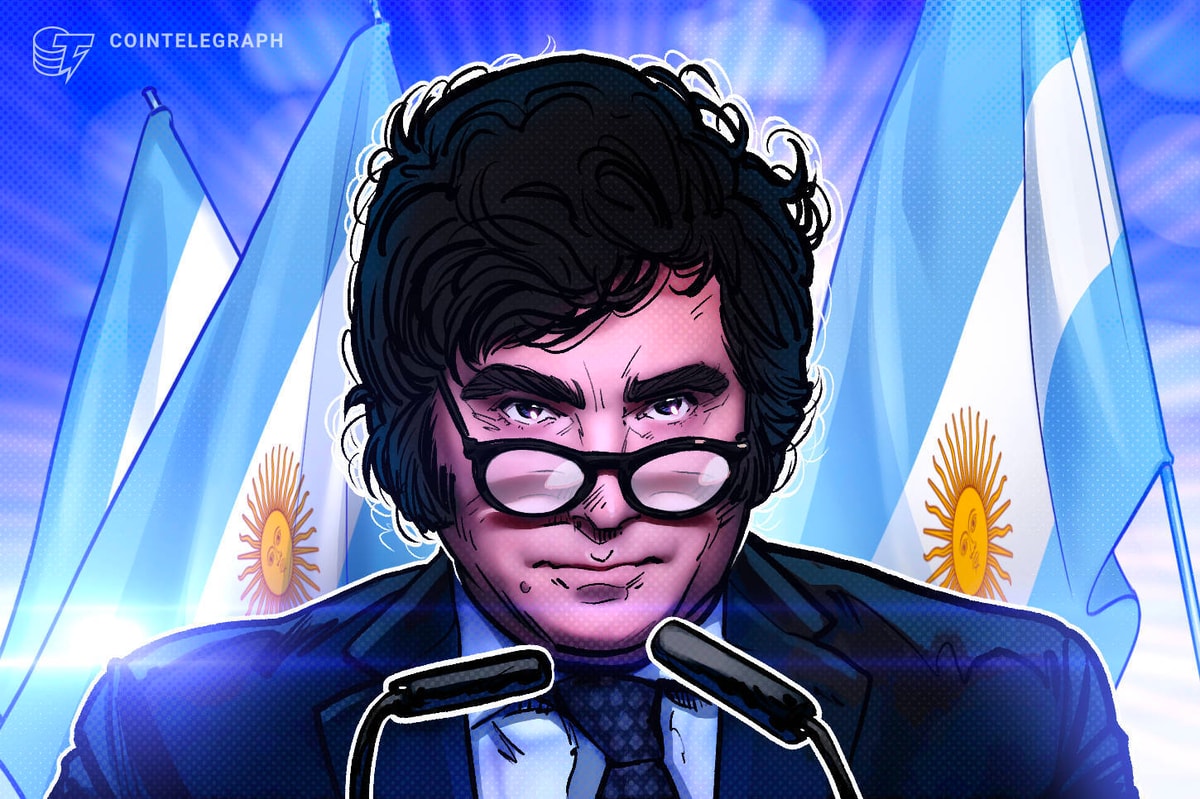Are The XRP Tokens In Escrow At Risk Of Being Sold? Ripple CTO Shares Insights


XRP locked escrow tokens have long been perceived as untouchable, yet recent statements from Ripple CTO David Schwartz have stirred debate about what “locked” truly means. Questions around whether Ripple could sell or transfer these tokens have spread across the crypto community, sparking further discussions about market supply, institutional strategies, and potential market impact.
XRP Escrow Rights Can Be Sold
Schwartz stated in a post on X social media on Monday that the roughly 35 billion XRP tokens currently in escrow cannot circulate until their scheduled release. However, Ripple can sell the legal rights to receive these tokens or transfer the accounts where the escrows will be completed.
The Ripple CTO’s statement came in response to a discussion sparked by software engineer Vincent Van Code, who had challenged conventional assumptions about circulating supply and market capitalization comparisons between XRP and Bitcoin. Van Code argued that while BTC’s market cap considers the total number of mined coins, many are lost or permanently stored, making such comparisons misleading.
A community member countered Van Code’s statement by asking if Ripple could liquidate its entire escrow, highlighting concerns over potential market impact. Schwartz’s response emphasized that although escrow tokens remain inaccessible, the legal claim to them is flexible and can be monetized.
Current data from the Ledger shows 14,180 escrow contracts holding 35,045,906,769 tokens, representing roughly 35% of the cryptocurrency’s total supply of 100,000,000,000 tokens. Notably, Schwartz’s revelation throws new light on how escrowed tokens can be leveraged, opening up new ways to utilize their value without releasing them.
Escrow Token Dynamics And Institutional Accumulation
In a separate report, Van Code explored the implications of Ripple’s ongoing escrow strategy. He questioned why the crypto payments company would buy $1 billion worth of XRP despite already holding 35 billion tokens through escrow, which are released at a rate of one billion per month. The software engineer noted that understanding the rationale behind this move could shed light on why thousands of investors continue to buy and hold the token.
The team behind XRP Ocean, a Decentralized Protocol built on the XRP Ledger, explained that Ripple’s escrow system is designed to control market supply, not to hint at hidden adoption. They emphasized that banks and institutions require liquidity, making supply regulation a crucial aspect.
Van Code agreed with XRP Ocean, explaining further that Ripple and other major players are actively investing in the altcoin from the open market, rather than through escrow. This is because tokens in escrow are intended for permissioned domains, liquidity pools, and transfers between institutional participants, rather than retail exchanges.
Other XRP community members shared their insights, pointing out that approximately 70% of the tokens in escrow are re-locked, with only 30 to 90 million tokens released to the market each month. They suggested that Ripple’s decision to return such a large portion to escrow underscores its strategy to manage liquidity and potentially trigger a future supply shock.
Featured image from Adobe Stock, chart from Tradingview.com

Editorial Process for bitcoinist is centered on delivering thoroughly researched, accurate, and unbiased content. We uphold strict sourcing standards, and each page undergoes diligent review by our team of top technology experts and seasoned editors. This process ensures the integrity, relevance, and value of our content for our readers.





